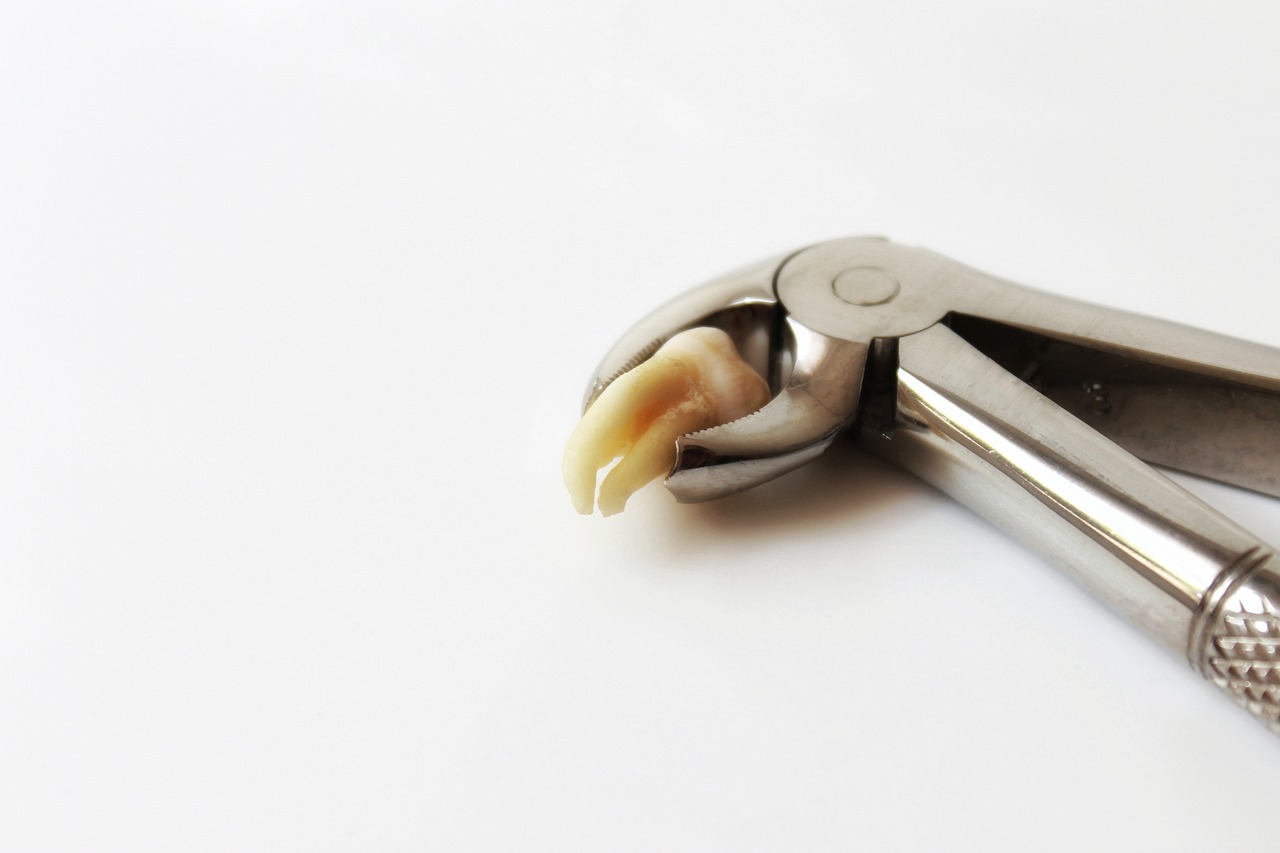When we have a toothache, the pain can sometimes be almost unbearable, and we will do anything to stop it. However, if you have the options of either a root canal or extracting the tooth, you will have to think carefully before making your decision. Below you will find the benefits for both treatments, but ultimately you should heed the advice of your dentist and opt for their recommended procedure.

Choosing Root Canal Treatment
If a tooth can be saved, a dentist will usually opt for this procedure first, and the reason for this is that it creates fewer problems in the future. When you extract a tooth, the remaining teeth can spread, and gaps can start to form. If there is enough tooth to work with, a root canal dentist can drill the nerve out from the tooth which removes the pain and leaves your smile remaining natural looking without any gaps.
Root canal treatment can often be more expensive than tooth extraction and takes longer to finish the procedure, but if you wish to keep your smile looking the way it is now, then this may be the best option for you. Before making your decision, ensure that you consult with your dentist and see what they recommend before proceeding with any dental work.
Opting For Tooth Extraction
There are some cases where the dentist is not able to offer root canal treatment as there is not enough tooth left or there is an infection in the gums. In cases such as this, extraction may be the best form of treatment, especially if the patient is experiencing excruciating pain. Surprisingly, there are more potential complications with tooth extraction so you must consider these which can be excessive bleeding, the need for a synthetic tooth to fill the gap and prevent teeth from spreading, or nerve damage. Before deciding on tooth extraction, you will want to let your dentist asses your condition first and then see whether they recommend tooth extraction or root canal treatment.
Coping With Pain Before You See The Dentist
If your dentist does not provide emergency out of hours coverage, you will need to wait until the dental practice opens, which means you will have to find a way with coping with the pain and discomfort. One way to ensure that the inside of your mouth remains clean is to rinse your mouth out thoroughly with either saltwater or hydrogen peroxide. You can also use ice and apply this to the jaw or gums around the affected tooth, which will help with the pain and reduce swelling. You can also use garlic and crush a clove and apply this directly to the tooth and gums in the affected area or create a paste and then apply it.

There are also over the counter pain remedies that you can get from grocery stores and pharmacies that can help you with the pain and swelling, but you must read the instructions for use and follow them correctly.

